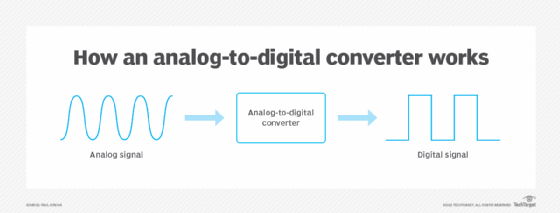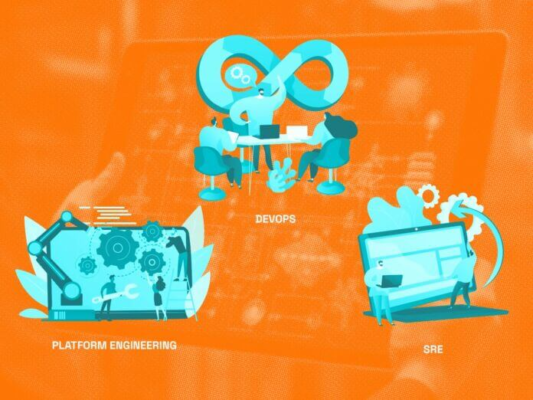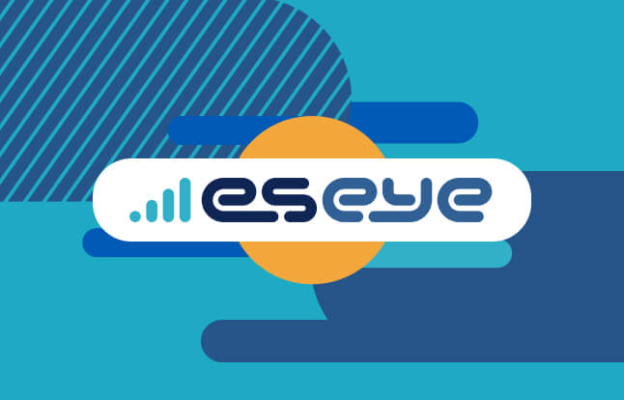CMOS sensor
What is a CMOS sensor? A CMOS sensor is an electronic chip that converts photons to electrons for digital processing. The chip is based on complementary metal oxide semiconductor (CMOS) technology, which is widely used for many of today’s integrated circuits. CMOS itself is a type of metal-oxide semiconductor field-effect transistor (MOSFET), a common type […]
Read MoreChoosing Connectivity for IoT Smart Meters in Utilities
Constant connectivity is essential for modern utilities aiming to balance supply and demand in an ever-growing energy market. Smart meters play a crucial role in this process by providing real-time monitoring and diagnostics for both residential and commercial energy infrastructures. Today’s advanced smart meters offer two-way communication, enabling proactive energy management and integration with Home […]
Read MoreTauri 2.0 moves core functionality to plugins
Announced August 1, the Tauri 2.0 release candidate has followed more than a year and a half of beta versions and more than a year of alpha releases. The project said the long alpha and beta states happened in part because Tauri 2.0 was overpromised as having “mobile as a first-class citizen.” The project’s developers […]
Read MoreHow is Platform Engineering Different from DevOps and SRE?
If you’ve been in the software development field for a while, you’ve likely come across the terms DevOps, SRE, and platform engineering. They all aim to enhance how we build and maintain systems, but their focuses and approaches differ significantly. Let’s explore how platform engineering differs from DevOps and SRE and show you how each […]
Read MoreMicrosoft Teams offers more for developers
Using Teams to develop and document code Teams is also a tool for developers, providing a place to collaborate around code. Up till now, one key feature was missing. Despite Markdown-based formatting, there was no way to use Teams as a place to share code. That gap has now been filled, and it’s possible to […]
Read MoreIoT Guide for Product Managers
The explosion of connected products is transforming industries globally, and product managers are key to navigating this change. Statista predicts that IoT devices will triple from 9.7 billion in 2020 to over 29 billion by 2030. To stay competitive, understanding and leveraging IoT is essential. The “IoT Guide for Product Managers” by Eseye provides crucial […]
Read More11 reasons the new JavaScript isn’t like the old JavaScript
With JavaScript’s 30th anniversary on the horizon, now seems like a good time to take stock of how much the language has changed. Here are 11 ways the JavaScript we use today is completely different from the language its inventors and early adopters could have imagined. 11 ways JavaScript is not what it used to […]
Read More5 Common IoT Project Pitfalls to Avoid
Building an IoT proof-of-concept can sometimes feel like assembling a puzzle in the dark. You have a vision, a few pieces, and a whole lot of hope. But scaling that IoT concept into a full-blown product is more like building a skyscraper on quicksand and project pitfalls can feel inevitable. Let’s talk about real-world challenges. […]
Read MoreSmall language models and open source are transforming AI
SLMs also sharpen customization. These models can be finely tuned for specific tasks and industry domains, yielding specialized applications that produce measurable business outcomes. Whether in customer support, financial analysis, or healthcare diagnostics, these leaner models prove their effectiveness. The open source advantage The open source community has been a driving force behind the advancement […]
Read MoreWhat is Google Cloud’s generative AI evaluation service?
As part of Clarify, AWS offers enterprises a feature, dubbed FMEval, which is an open-source LLM evaluation library to help data scientists and ML engineers evaluate LLMs before deciding to use it for a specific use case. “FMEval provides the ability to perform evaluations for both LLM model endpoints or the endpoint for a generative […]
Read More











